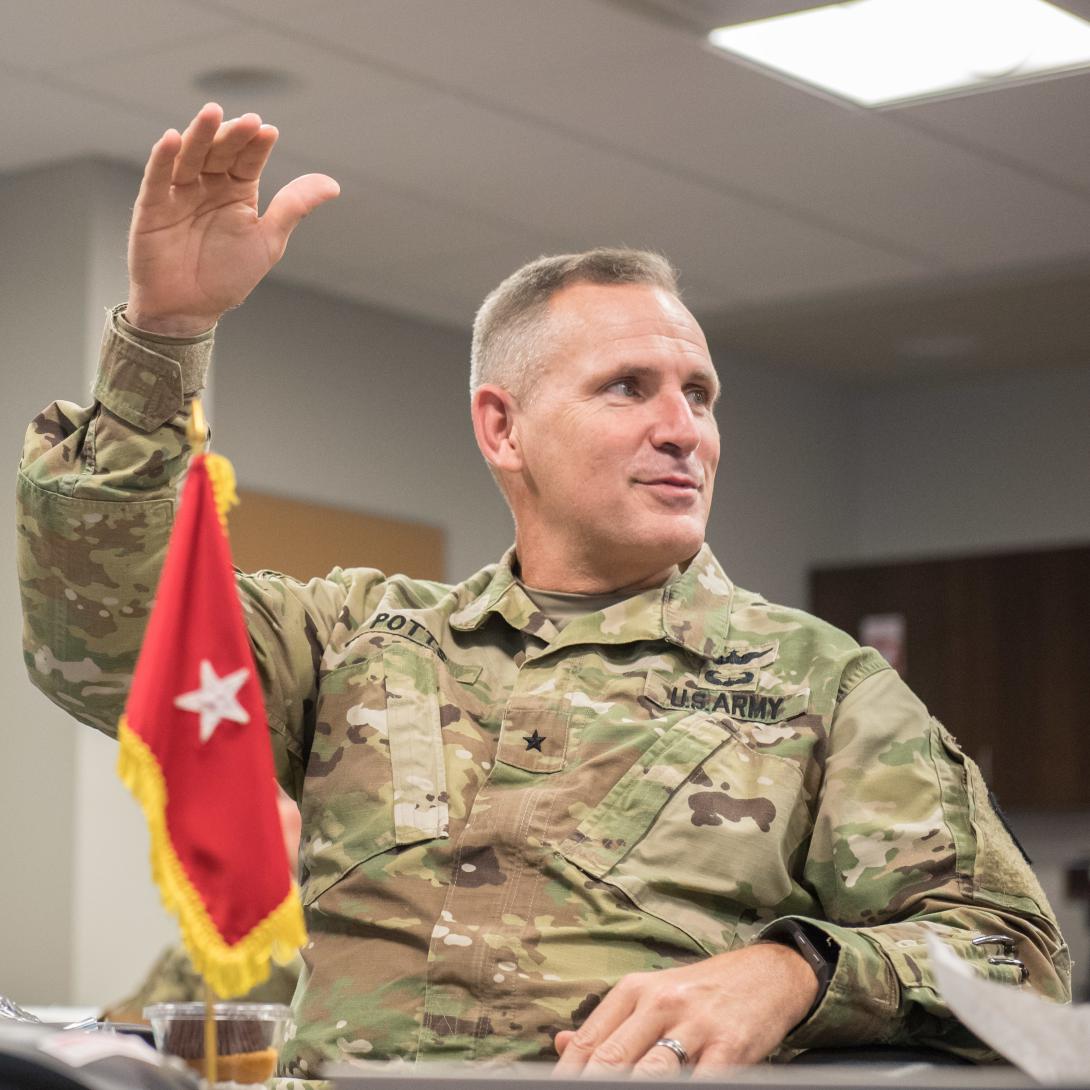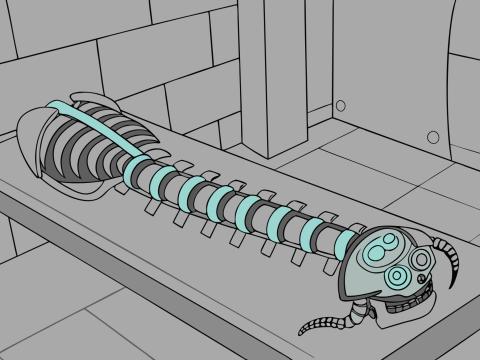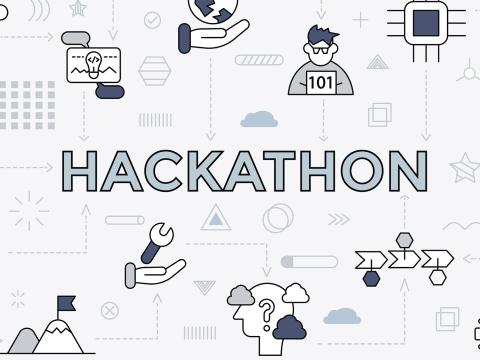On Point: Q&A With Maj. Gen. Anthony Potts, USA
As the new program executive officer for Command, Control and Communications-Tactical (PEO C3T), Maj. Gen. Anthony Potts guides a workforce of more than 1,600 personnel who acquire, field and support the communications networks, radios, satellite systems and other hardware and software supporting the Unified Network Plan and capability set fielding.
What are your top 2023 priorities?
Continuing strong momentum, we’re now three years into this iterative process of fielding capability sets and have seen great innovation among industry and the network modernization community providing cutting-edge capabilities aligned to support the Unified Network Plan.
With Capability Set 23 (CS23), having been fielded to the 2nd Cavalry Regiment and 101st Airborne Division, we are increasing network capacity and resiliency and using a systems-of-systems approach to transition from the traditional “boxology” of network capabilities.
We’re now focusing hard on shifting from a network-centricity to data-centricity underpinned by cybersecurity. The Army secretary has increasingly prioritized data-centricity, and we’re progressing through experimentation with an integrated data fabric at Project Convergence and operational activity in Europe and the Pacific. We will provide commanders a tailorable operating picture supported by the right data at the right classification.
What major accomplishments should we expect in the new year?
The Army is fielding CS23, which aligns more than 40 systems—from tactical radios to satellite communications terminals and mission command applications—to provide greater network capacity and increased convergence. Meanwhile, with the Network-Cross Functional Team, we will continue CS25 and CS27 development to incorporate forward-looking solutions underscored by data security, network transport resilience and increased data-centricity.
What technological hurdles remain?
Securing data is key to our development efforts. We must also manage network transport efforts and continue reducing complexity for users. I have challenged our team to ensure we use best acquisition practices to quickly deliver capabilities. As we lay the foundation for CS25 and beyond, we’re focused on delivering Unified Network Operations, common capabilities across the enterprise and programs of record to set conditions for the Unified Network; a hybrid cloud environment to enable access to the right data at the enterprise and tactical level; and a common transport layer unifying redundant capabilities Army-wide.
Beyond just technology, we actively work with multiple stakeholder organizations to review policy, procedure, classification determinations and acquisition strategies to better adopt industry innovation and ensure our business models effectively deliver relevant and affordable solutions.
Which future technologies do you wish you could provide now?
Several focus areas driving modernization play a key role in achieving a truly unified network. We need a transport-agnostic network with multiple communications pathways, high throughput and low latency. AutoPACE capabilities will automatically reroute traffic to the ideal path, removing the burden to manually map and configure network routes. Access to data at the point of need is a major priority for the operational force, and soldiers must be able to access data at the edge while sharing it with joint service and coalition partners.
A security architecture with zero trust and multilevel security must also reinforce the future network. Rather than “allow all, deny by exception,” we must incorporate identity access controls to “deny all, allow by exception.” Finally, battlefield cybersecurity is increasingly important. The network must enable rapid identification, defense against vulnerabilities and protection from electronic warfare/intelligence, surveillance and reconnaissance, and deliver network-enabled cyber and electronic warfare effects.
What will you do differently from your predecessors?
This is a team effort with industry, and this job is about ensuring soldiers have the network they need to fight and win. In recent years, the Army has greatly progressed in ensuring industry understands our requirements and contracting strategies to deliver the best available capabilities while developing the future network. Like my predecessors, I will strengthen the ties with our science and technology, requirements, and user communities to ensure we have executable programs delivering relevant capability.





Comments